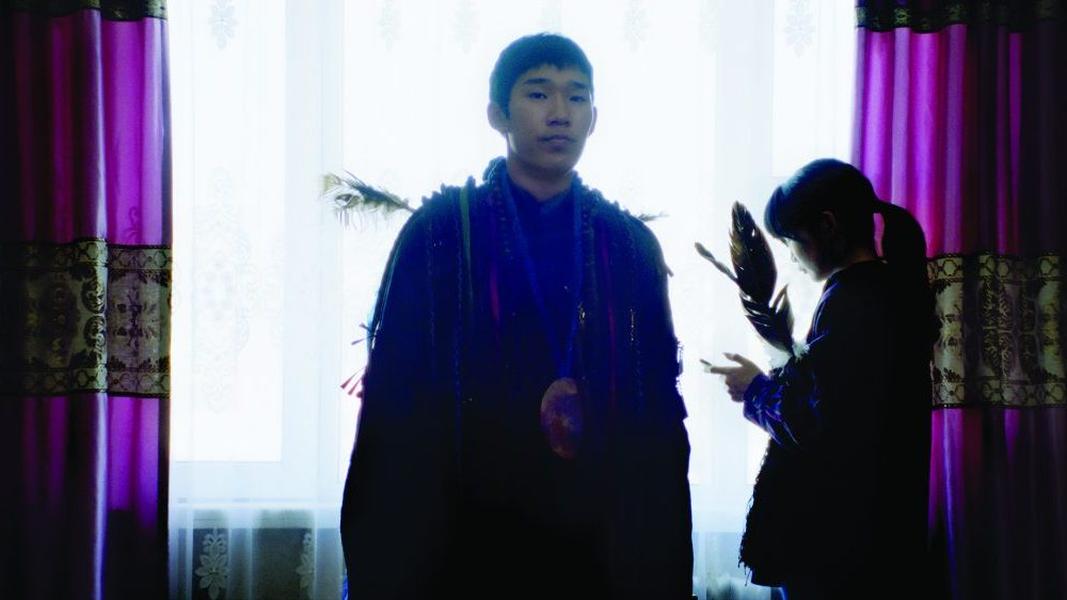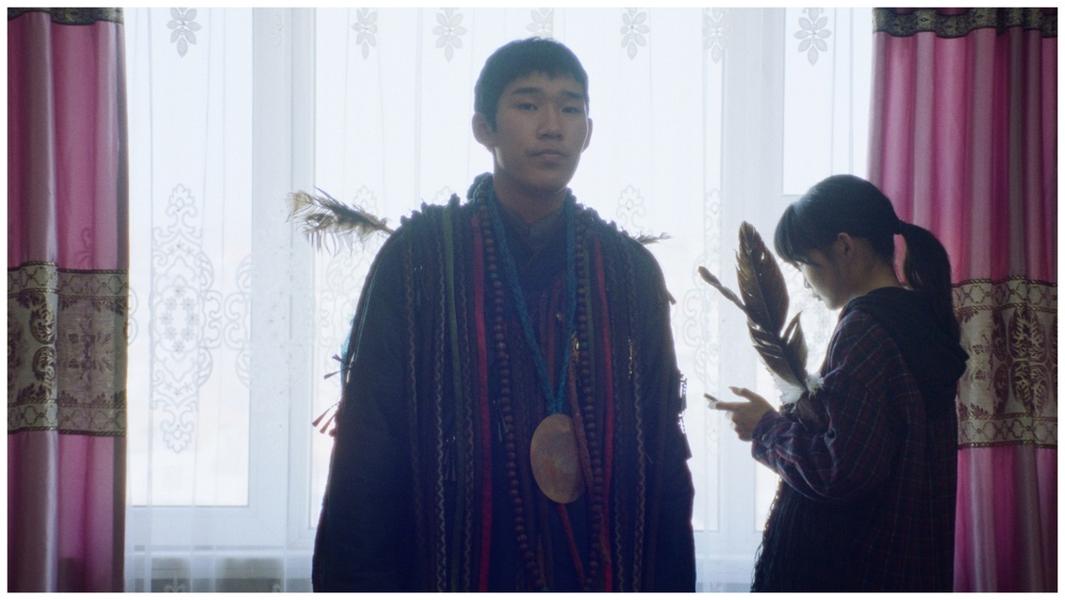In what ways does City of Wind explore the tension between tradition and modernity in Mongolia?
City of Wind explores the tension between tradition and modernity in Mongolia through its portrayal of Ze and Maralaa. Ze represents the traditional Mongolian shamanic heritage, while Maralaa represents the modern world of Ulaanbaatar. The film showcases the clash between these two worlds as Ze is torn between his duties as a shaman and his desire to fit into the urban life. It highlights the struggle of maintaining cultural traditions in a rapidly changing society and the challenges faced by young Mongolians in reconciling their heritage with the demands of the modern world. Through its beautiful cinematography and storytelling, City of Wind effectively captures the complexities of this tension and the emotional journey of its characters.
How does the film depict the impact of violence on emotional well-being?
The film depicts the impact of violence on emotional well-being by exploring the aftermath of a violent event in Ze’s life. It shows how this event shakes Ze’s sense of security and disrupts his emotional well-being. The film portrays Ze’s struggle to comprehend and process his emotions, highlighting the psychological effects of violence. It delves into themes of trauma, resilience, and healing, emphasizing the importance of emotional well-being in the face of violence. Through its sensitive and nuanced portrayal, City of Wind raises awareness about the lasting impact of violence on individuals and the need for support and healing.
What does the film suggest about the future of young Mongolians as they navigate tradition and the modern world?
City of Wind suggests a hopeful future for young Mongolians as they navigate tradition and the modern world. The film portrays Ze’s journey of self-discovery and growth as he learns to navigate the complexities of his cultural heritage and the demands of the modern world. It highlights the resilience and adaptability of young Mongolians, showcasing their ability to find a balance between tradition and modernity. The film suggests that young Mongolians can embrace their heritage while still carving their own path in the modern world. It encourages the audience to appreciate and celebrate the unique identity of Mongolian youth as they shape the future of their country with a deep appreciation for tradition and a willingness to explore the possibilities of the modern world.
Full summary
The young people of Mongolia are caught between centuries of tradition and the demands of the modern world in City of Wind, the new film.
City of Wind follows the relationship between Ze, a 17-year-old Mongolian shaman, and Maralaa, a young woman who takes him into the urban world of Ulaanbaatar, Mongolia's capital city. The film explores the fragile connection between the two teens and the surprising juxtaposition between Ze's shamanic background and regular teenage life. Tergel Bold-Erdene delivers an outstanding performance as Ze and was honored with the Best Actor award at the Venice Horizons sidebar.
Director Lkhagvadulam Purev-Ochir's quiet and confident debut captures the acknowledgment of Mongolia's ancient heritage and the focus on Ulaanbaatar's modern metropolis. The film beautifully depicts the tensions between tradition and modernity and the aspirations and dreams of the main characters. It showcases the reconciliation of Ze's two halves of life, as he navigates the strangeness of the family business and develops a crush on Maralaa.
City of Wind premiered in Venice and is set to screen at the Toronto International Film Festival. The film has garnered international attention, with Brussels-based company Best Friend Forever acquiring its international rights. Purev-Ochir, known for her high-profile short films such as Mountain Cat and Snow in September, has created a timeless story that captures the essence of becoming a shaman.
Produced by Aurora Films and co-produced by Guru Media, Uma Pedro No Sapato, Volya Films, 27 Films Production, and VOO by Mobinet, City of Wind showcases the talent of young Mongolian actors, including Tergel Bold-Erdene and Nomin-Erdene Ariunbyamba. The crew, led by DOP Vasco Carvalho Viana and editor Matthieu Taponier, has delivered exceptional work.
In a statement, director Lkhagvadulam Purev-Ochir speaks about the film's themes, including the depiction of a violent event in a boy's life, the struggle to comprehend emotions and cultural expectations of masculinity, and the impact of violence on emotional well-being. The film is a graceful depiction of tradition/modernity tensions, with a strong emphasis on tender feelings and careful storytelling.
As Roberto Cicutto, President of La Biennale di Venezia, said, cinema plays a vital role as a witness to the past and present, a visionary anticipating the future, and a narrator of inner strength against injustice and abuse of power.
City of Wind is a long-reaching and exciting news piece that captivates audiences with its powerful portrayal of the challenges faced by young Mongolians as they navigate tradition and the modern world. It is a must-watch film that will leave a lasting impact.













